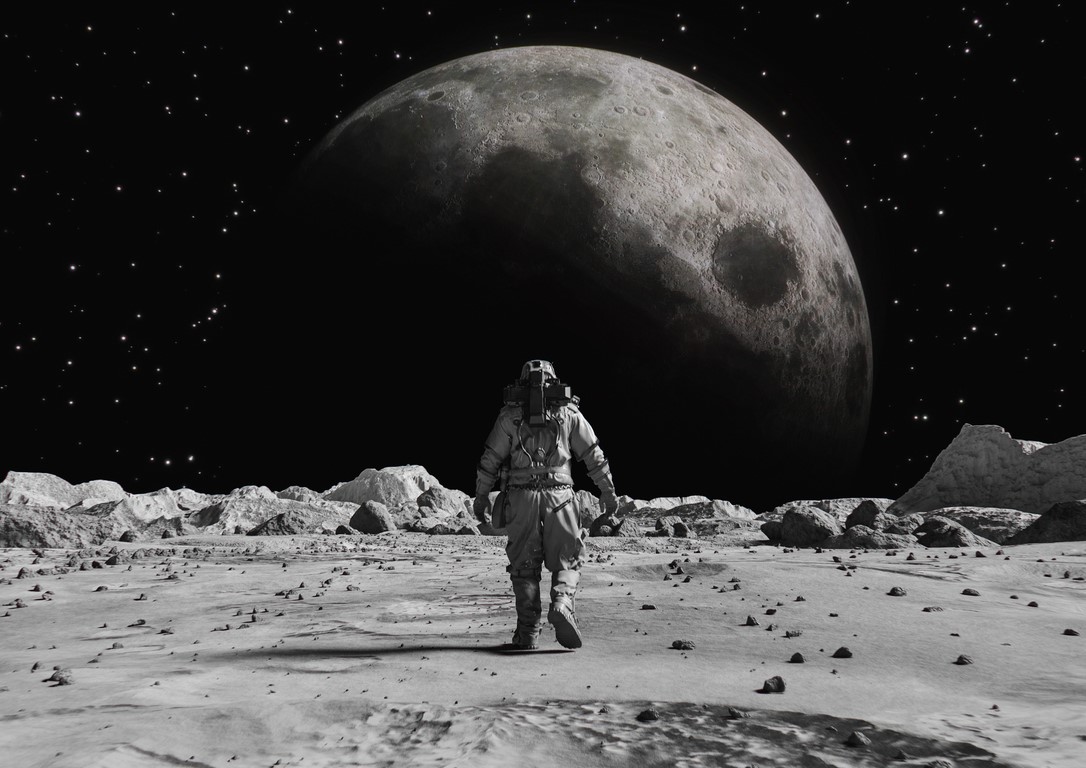On June 25, after a 53-day mission, China’s Chang’e 6 spacecraft returned to Earth with five pounds of rocks and dust from the far side of the Moon. No other nation has ever achieved that feat. It is the latest success for China’s space program, and yet another advance since its first far-side landing in 2019.
Meanwhile, two astronauts launched aboard the NASA-funded Boeing Starliner spacecraft were left stranded at the International Space Station because of gas leaks on the return capsule. So China has the rocks while the U.S. is in a hard place.
Worse, the overstay on the ISS was after several aborted launches due to mechanical issues with the Starliner. While NASA and Boeing deny the astronauts are “stranded,” it’s hard to see NASA’s protestations as anything more than spin. The astronauts are on the ISS and can’t come home (yet). That’s a pretty good definition of stranded. Do Elon Musk and SpaceX need to go to the rescue? Time will tell. But Musk is certainly letting NASA and the world know what he thinks, quipping that the CEO of Boeing, “should know how to design aircraft, not spreadsheets.”
Meanwhile, as NASA and Boeing try to figure out how to fix a gas leak, China will analyze rocks from the far side of the Moon where the mineral deposits are believed to be very different than the side of the Moon we see each night. The samples may confirm that the far side has rare earth minerals like scandium, yttrium, lanthanides, and Helium-3, containing an isotope that could provide nuclear energy in a fusion reactor. And because Helium-3 is not radioactive, it does not produce dangerous waste. The far side also has significant strategic advantages for further space exploration, and its proximity to the Moon’s south pole offers access to water. This race to the Moon has resulted in what some commentators call the new lunar gold rush.
The U.S. answer to China’s success is the Artemis program. According to NASA’s plan, a crewed launch will circle the Moon and return to Earth in late 2025. A third Artemis crewed lunar landing is scheduled for late 2026, roughly two and a half years from now. One can only imagine what advances China will achieve in that time frame.
The last time the U.S. landed softly on the Moon was over 50 years ago. While an independent U.S. company achieved a soft landing in 2024, its lander, Odysseus, had limited success. Aboard was some NASA equipment, prompting NASA’s administrator to announce, “Odysseus has taken the Moon. This feat is a giant leap forward for all of humanity.”
Really?
I’ve discussed this developing space race in prior blogs, and it’s becoming increasingly clear that the U.S. needs to catch up with China. The strategic reasons for going to the Moon are crucial and it’s hard not to believe the U.S. has fallen abysmally behind. The U.S. cannot afford to be complacent in this race. The need for the U.S. to catch up with China is more pressing than ever, and it’s time for the U.S. to take proactive steps in space exploration.
For a more entertaining look at China vs. the U.S. over exploiting the Moon, read my novel, Dragon on the Far Side of the Moon. Every day, the fiction in my book looks more and more like reality.
